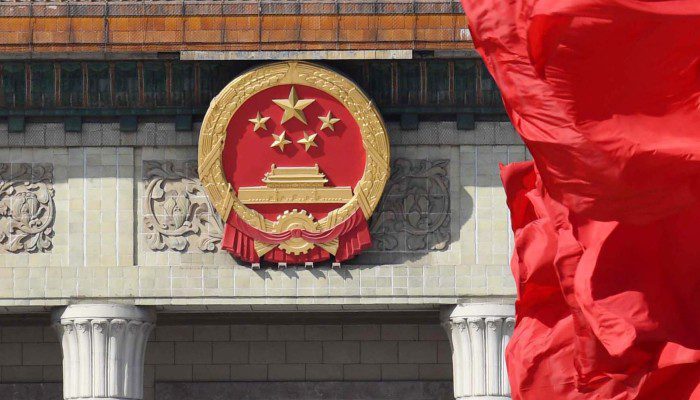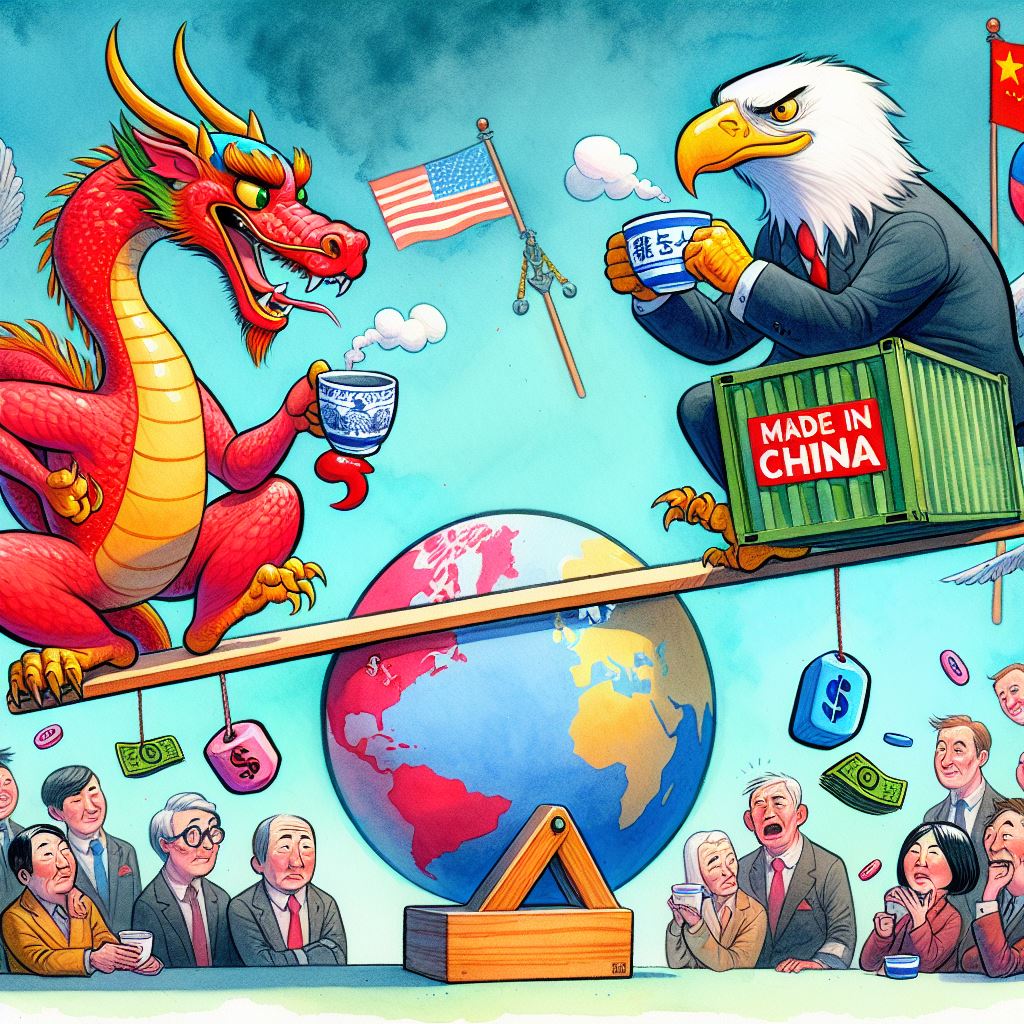Foreign investors in China favor setting up a Wholly Foreign-Owned Enterprise (WFOE) because it gives full control and autonomy to the foreign parent company. This is because WFOEs are independent and do not need a Chinese partner in its business strategy. However, incorporating this kind of business entity does not come easily, because the application process takes longer and it has some government restrictions. Besides that, a WFOE is required to have a registration capital, unlike the Representative Office (RO) type which doesn’t need one.
Read our article about Representative Office in China: How to Set Up One?
Nevertheless, the Chinese government has started to streamline business procedures to encourage more foreign investors into its territory. Moreover, it has also introduced a New Foreign Investment Law that replaced the current laws regulating Foreign-Invested Enterprise (FIE) in China. This article will provide you with the steps and procedures on how to incorporate a WFOE and other relevant information that will foolproof your business set-up plans in China.
Steps and Procedures
Getting a WFOE license
1. First, decide the name of the company depending on the structure. The basic structures of a WFOE include consultancy services, manufacturing, and trading services.
2. Then, lease an office facility and space before applying for incorporation.
3. After that, an environmental impact assessment will be conducted (for WFOE manufacturing).
4. Finally, get MOFCOM (Ministry of Commerce) approval and complete record-filing.
Record-filing requirement:
- An application form
- Commitment letter by all investors or their representatives
- Business license or pre-approval documents for the name of the WFOE
- Power of attorney appointing the representatives and the identity paper of the representatives
- Certificate of the identity of investors and legal representative for the application
5. Register and apply for a five-in-one business license. After getting this license, your company now legally exists.
Five-in-one license includes:
- Business license
- Organization code
- Tax registration certificate
- Social security registration certificate (a new addition to the five-in-one license)
- Statistical registration certificate (a new addition to the five-in-one license)
After obtaining a license
- Secure an official seal from the Public Security Bureau.
- Open a foreign exchange and RMB bank account.
- Get a customs registration certificate and import/export license (for trading WFOE).
- Go through the tax registration process.
Documents for WFOE Incorporation
For trading, service and consulting
- Certificate of incorporations, articles of formation or equivalent document certified by the Chinese embassy or Chinese consulate overseas
- Passport copies of investors need to be certified by the Chinese embassy or consulate
- Bank reference letters from the investor’s bank with a good record
- Passport copies of parent company’s director, and China company’s legal representative with a brief resume and China company’s supervisor
- Registration capital, business scope and eight proposed names
- Leasing contract of office address
- Certificate of real estate ownership and landlord identification
- Letter of authorization
- For WFOEs only: CPA annual audit report from the parent company and customs HS Code of proposed import/export products in China
For manufacturing
- Purpose and estimated investment
- WFOE’s operational structure and number of employees
- Permission for land use, environment evaluation report
- Products, size of production, detailed list of equipment, and business plan
- Environmental protection measures
- The requirement for utilities such as power and water supply
Registration Capital for WFOEs
Since 2016, the Chinese government has eliminated the minimum requirement for a registration capital regarding WFOEs. Except for the actual costs of the registration, foreign investors can feel at ease in setting up a WFOE in China. However, the registration capital still depends on the business scope. For consulting, trading, retailing, information technology, etc. in China, there is no minimum registered capital. On the other hand, some industries like banking, logistics, forwarding, etc. are still required to register with minimum capital.
Regardless, local authorities will allow negotiations for a reduced capital requirement on a case-by-case basis. Furthermore, this may depend on the review of the company’s feasibility report and lease contracts.
The ideal minimum requirement for a WFOE could be within RMB 100,000 – RMB 500,000, depending on the type of WFOE or region of incorporation.
Tax Requirement for WFOEs
Establishing WFOEs can be a hassle because of the tax requirement. Therefore, it is important to understand the different tax rates for incorporation and keep updated on the changes. Below are the following tax considerations for planning incorporation of WFOE:
- Corporate tax: 15% to 25% (depending on the WOFE’s location and industry)
- Income tax: rates up to 35% of business profits
- Personal taxes:(wages/salaries) 3% to 45%
- Consumption tax:1% to 56% of the sales revenue of goods. Exports are exempt.
- Stamp duty tax: 1%
- Land appreciation tax: 30% to 60% of gains on transfer
- Resources tax: 1% to 20% depending on the material
Withholding taxes:
- VAT:17%/13% for certain food, goods, books and utilities.
- Dividend tax: 20%
- Interest tax: 20%
- Royalties tax: 20%
- Deed tax: 3% to 5%
- Social Security tax: 37%
- Real Estate tax: 12% on rental value
General VAT taxpayer related procedures:
Two categories:
Small-scale taxpayers: 3% VAT rate
- Wholesale and retail businesses with less than RMB 800,000 per year sales
- Manufacturers (including companies that offer processing, repair, and replacement services) with sales below RMB 500,000 per year
- Taxpayers offering VAT-taxable services with RMB 5 million maximum annual sales
General taxpayers: 0-17% VAT rate
Meanwhile, the new legislation for VAT and consumption tax has made clarifications on the small-scale and general taxpayers. The VAT law may appear to omit reference to small-scale taxpayers but the VAT rate remains at 3 percent.
Supervisory requirement
A WFOE should have at least one supervisor or manager (of any nationality or residency) to oversee the duties and performances of directors and top management personnel.
Other relevant information
Annual audit
The established WFOE should submit an annual audit report to tax authorities in a timely manner. The annual audit typically costs about RMB 6,000.
Return of profits
Remittance of profits outside China is allowed for FIEs and does not need to obtain prior approval from the State Administration of Foreign Exchange (SAFE). However, it is not allowed to repatriate the registration capital to the home country while the term of business operation is ongoing. On the other hand, it is allowed to return profits to an overseas shareholding entity. It can be in the form of loans or dividends so long as the recipient is a shareholder of the WFOE.
Terms and termination
WFOEs’ terms of contract usually last from 15 to 30 years and typical for the manufacturing industry. However, depending on the amount of investment and the completion period of the project, the State Council can grant an extension of 50 years or longer.
De-registration
To close down or de-register a WFOE Company in China can lead to complications. The investor may spend a great amount of time if the tax authorities cannot approve the liquidation report. Therefore, closing down needs careful thought.If you want to set up a WFOE in China as soon as possible, contact our team for consultation and assistance. Follow us on social media to get the latest news!
Our experienced team has the necessary expertise and the know-how to support you with your business – have a look at the services we offer.
See how much salary you receive after tax and check your company value without leaving WeChat!
Also, our Mini Program can estimate the salary in your industry, for your experience level and position. A huge help for salary negotiations!







